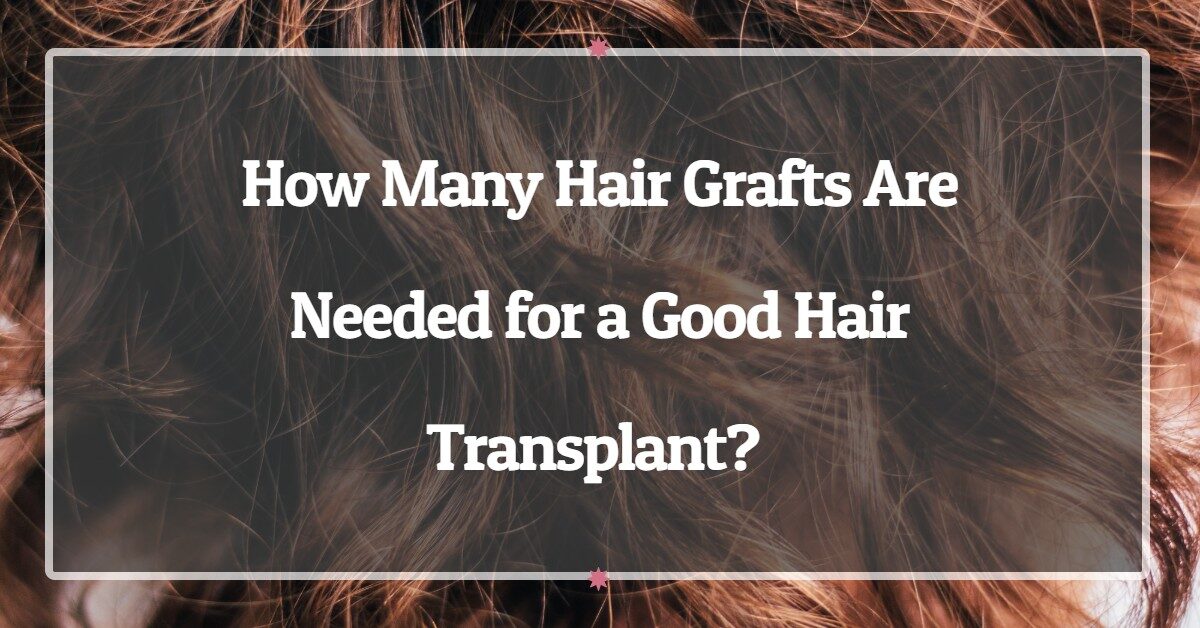FUE hair transplant helps people restore their receding hairlines. You can also use Smartgrafts to treat different forms of alopecia. Some hair loss happens on different parts of the scalp. The only two ways to handle such cases are to shave bald or have a hair transplant.
However, a patient keeps wondering about the number of grafts they may need. The estimate helps them plan on the budget. The number of hair grafts required is the primary determinant of an FUE hair transplant cost.
There’s no direct answer to how many grafts a patient needs. Several factors come to play. The cost of a transplant is not one of them. Here, we will help you understand why you may need more grafts than another patient with the exact extent of hair loss.
Donor Area
The donor area determines the number of grafts the doctor can get. The hair density determines the graft supply. However, the doctor can’t harvest the entire graft supply in one session.
An average caucasian will have a donor supply of 8000 grafts. But as usual, there are exceptional cases. Some patients will have as low as 4000 graft supplies, while others will have as high as 10000 graft supplies. The variance depends on genes and hair care routine.
Smartgrafts hair transplant needs a minimum graft supply of 6000 grafts. The quantity is enough to cover partial and sparse hair loss. In any hair transplant procedure, the crown is the last part to consider for graft placement.
Density
Your hair density dictates the number of hair grafts you will need. A hair surgeon will transplant the hair in a way to match the original hair spacing. For densely packed hair, they will need more hair grafts to cover the area. Sparse hair all over the head calls for fewer grafts to the treatment area. It’s one reason why two patients with the same size of the head and exact extent of hair loss will pay differently for an FUE hair transplant. However, if you prefer a youthful look, the doctor will concentrate on the hairline and spread out the grafts as it gets to the scalp midsection.
Bald Severity
Every patient suffers from different bald severity. Some baldness may extend beyond the midsection of your head. Also, some people will only have receded hairlines. The lesser the extent of the bald area, the more grafts you will need.
There’s a bald severity that may exceed the donor supply. In such a case, you will be advised to have an alternative hair loss remedy. However, you can still have an FUE hair transplant. In this case, you will have to donate grafts from other parts of the body. The success of such a transplant is lower. The factor that will allow such a hair graft transfer is the health of the graft. Also, hairs from other parts should match your scalp hair.
How to Estimate Your Donor Supply
Your trichologist is the best at determining the graft estimate that you need. The details that they look out for are:
- The areas of thinning and baldness
- Ethnic background
- Hair type, texture, color, and curls
- Skin to hair color contrast.
There are a few ways you can estimate the hair grafts you need. The Norwood scale has a detailed diagram of different hair loss stages. You can use the scale to estimate the number of grafts you may need. However, you may need fewer or more grafts depending on other factors.
What Affects Individual Graft Count
Below are the details of the factors that affect the number of grafts you may need for your hair transplant.
Skin to Hair Color Contrast
When you have light skin and dark hair, your hair loss will be noticeable at the early stages. Thus, you will need more grafts than a patient with skin and hair almost the same color.
Hair Thickness
Hair strand thickness differs from person to person. Patients with finer hair will need more grafts than patients with thicker hair strands to cover an exact recipient area.
Hair Curliness
Curly hair spread over a larger area than straight hair. Thus, people with curly hair will need fewer grafts to cover their recipient area.
Conclusion
The graft count for FUE hair transplant depends on various factors. If you have naturally thick hair strands, you’d be lucky to have a lower graft need. Also, the contrast between the color of your scalp and hair plays a great role. The other factor we didn’t mention is if you can regrow the lost hair. You can incorporate other hair remedies to activate the dormant hair follicles so that you may transfer fewer grafts.


